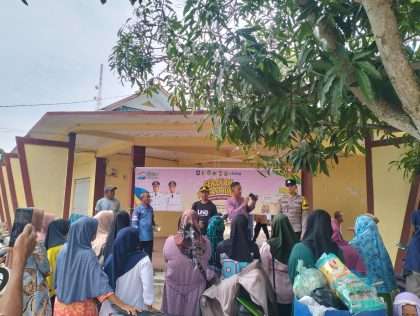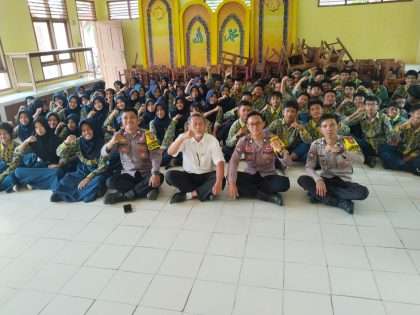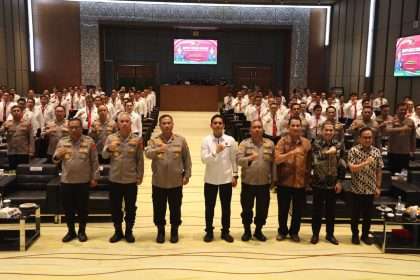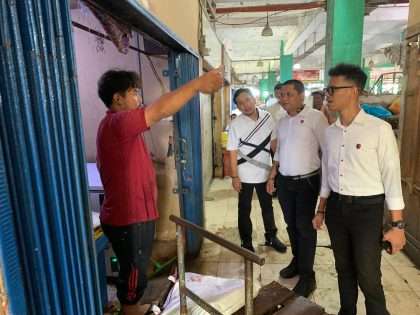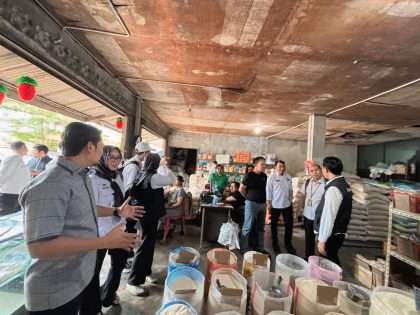In today’s interconnected world, student neighborhoods play a crucial function in shaping scholastic and individual experiences.

These areas are not simply collections of people however are vibrant environments that cultivate growth, discovering, and collaboration amongst pupils. They vary extensively in type and feature, from campus-based teams to global online discussion forums, each offering one-of-a-kind chances for interaction and advancement.
Whether you are tipping onto a college university for the very first time or participating in virtual discovering environments, comprehending the framework and benefits of pupil neighborhoods can greatly boost your instructional journey. This write-up explores the essence of student neighborhoods, exploring exactly how they function, the benefits they offer, and the ways in which they can be leveraged for individual and academic success.
Understanding Trainee Communities
Student neighborhoods are fundamental to the scholastic experience, acting as both social and instructional support systems. At their core, these areas are teams developed naturally by trainees that share common passions, goals, or fields of study. They can be informal, such as study hall, or official, like student unions and clubs.
These communities are defined by a common identity and the cumulative pursuit of expertise, abilities, and experiences. They serve as platforms for trainees to attach, work together, and contribute to each various other’s growth, expanding past academic boundaries to affect personal growth and area involvement.

In essence, pupil areas are microcosms of bigger social structures, where management skills are refined, ideas are traded, and long-lasting friendships are developed. The communications within these communities show a diverse mix of social, intellectual, and social dynamics.
- Networking Opportunities: Pupil communities give a network of peers and coaches that can use assistance and assistance.
- Ability Advancement: Taking part in neighborhood activities helps students create vital skills such as communication, leadership, and team effort.
- Source Gain access to: These areas frequently offer accessibility to scholastic sources, consisting of research materials and professional guidance.
- Social Engagement: They use a system for social interaction, relieving the shift into brand-new scholastic atmospheres and aiding to combat seclusion.
Through these different functions, student areas end up being important to the alternative development of trainees, laying a foundation for future professional and personal success.
The Advantages of Taking Part In Pupil Areas
The benefits of joining pupil communities are complex, affecting both academic and personal rounds.

On a scholastic degree, these areas encourage collaborative learning, enabling trainees to benefit from diverse viewpoints and experience. Sharing understanding and sources within an area can lead to more efficient learning outcomes and enhanced academic efficiency.
In addition, trainee areas offer a system for personal growth and self-discovery. By engaging with peers from various histories and techniques, trainees get a broader worldview, enhancing their cultural capability and compassion. This exposure to varied point of views is very useful in creating critical thinking and problem-solving abilities.
Additionally, active participation in area tasks can enhance students’ self-confidence and self-confidence. Taking on management duties or participating in discussions and occasions fosters a feeling of achievement and belonging, which is essential for overall health and inspiration.
Kinds Of Student Neighborhoods
Student communities come in various kinds, each satisfying different rate of interests and goals. These can be generally classified right into academic, social, leisure, and expert neighborhoods, to name a few. Each type gives unique platforms and chances for pupil involvement.
- Academic Communities: These are commonly focused around certain fields or scholastic rate of interests. Instances consist of study groups, honors cultures, and department clubs.
- Cultural Areas: These teams focus on advertising cultural recognition and diversity, usually arranging occasions and tasks to commemorate numerous customs.
- Recreational Communities: These include sports teams, entertainment clubs, and hobby-based groups that offer a break from scholastic rigors and promote physical and psychological health and wellness.
- Expert Areas: These are focused on job development, supplying networking chances, workshops, and mentorship programs to prepare pupils for the specialist globe.
By identifying and involving with the right communities, pupils can tailor their college experiences to straighten with their passions and career ambitions, paving the way for a meeting scholastic trip.
Developing a Growing Pupil Neighborhood
Creating and maintaining a flourishing trainee neighborhood requires initiative and collaboration from both students and educational institutions. It starts with promoting a comprehensive environment where all trainees feel welcomed and valued regardless of their histories.
Organizations can support this by supplying resources and facilities that motivate communication and participation. This includes creating physical rooms like pupil unions and online systems that help with interaction and cooperation. In addition, arranging occasions, workshops, and workshops can further enhance involvement, supplying students with possibilities to attach and pick up from each other.
Management and Trainee Involvement
Effective leadership is crucial in nurturing an effective pupil area. Leadership duties within these neighborhoods supply students a possibility to create and show their organizational and interpersonal abilities. Students that assume these duties contribute significantly to establishing the student q&a hub tone and instructions of their neighborhoods, affecting their peers favorably.
Encouraging leadership and energetic involvement amongst pupils not only strengthens the neighborhood yet additionally encourages individuals, preparing them for future challenges. By promoting a culture of cooperation and support, trainee areas can prosper, leaving an enduring effect on their members and the scholastic environment overall.


